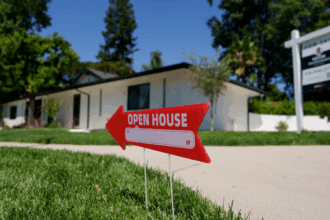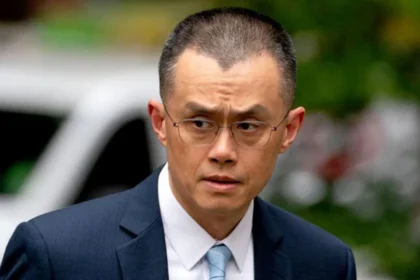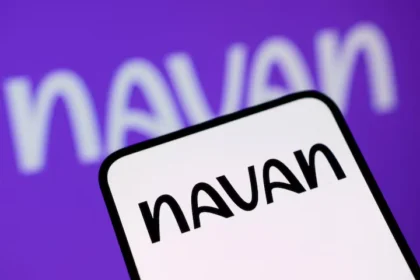At YourDailyAnalysis, we note that the 5G symbol at the top of your smartphone screen has long been seen as a sign of progress – a promise of speed, stability, and seamless connectivity. Yet the latest research shows that reality doesn’t always match the marketing. Even when a phone proudly displays “5G,” it is often still operating on a 4G network, meaning users are paying for a service that exists more in branding than in performance.
Research by the analytics group PolicyTracker found that nearly 40% of the time, when a device shows a 5G connection, it is actually transmitting data via 4G infrastructure. In other words, millions of mobile users in the UK are connected to older networks while believing they’re enjoying next-generation speeds.
This gap, according to analysts at YourDailyAnalysis, stems directly from the rollout model operators adopted to accelerate 5G coverage. To claim “nationwide 5G coverage” quickly, most carriers have relied on a non-standalone 5G architecture that runs on top of existing 4G cores. In practice, this means that even if your phone shows a 5G icon, you may still be limited by the same constraints as before.
The study, which included 11,000 tests across London, Birmingham, and North Lincolnshire, revealed that so-called “fake 5G” connections delivered average speeds of 27 Mbps, compared with around 49 Mbps for true 5G. The gap might not seem huge, but in the context of promises of “ten-times-faster speeds,” it represents a clear failure of expectations and erodes consumer trust.
At YourDailyAnalysis, we emphasize that the core issue lies in infrastructure, not consumers. True 5G requires a dense network of base stations, especially in urban areas, but deployment has lagged behind initial projections. Even in London, coverage remains fragmented, while in rural regions, it’s nearly non-existent.
Meanwhile, operators continue to promote premium “5G plans” without clarifying that most users are still connected through a hybrid 4G-5G system. Access to full standalone 5G often requires a more expensive plan – and in some cases, a newer device altogether.
5G, at this stage, is still a bridge technology – impressive in promise, but limited in real-world delivery. Consumers should verify their actual download and upload speeds, test network coverage, and be prepared to switch providers if performance doesn’t meet expectations.
The 5G future will come – but for now, it remains unevenly distributed. Once networks become fully autonomous and reliable, the small symbol on your screen will finally mean what it promises. Until then, as we conclude at Your Daily Analysis, 5G is less a technology than a promise – appealing, ambitious, and not yet fulfilled.















